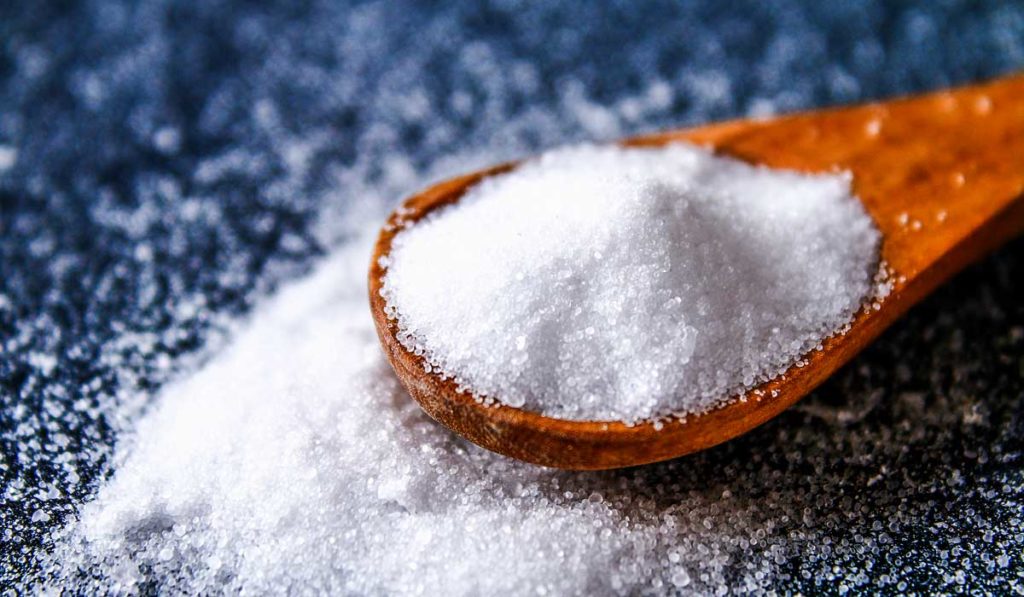About 46 percent of the U.S. population is hypertensive, increasing their risk of cardiovascular disease and other serious health conditions. Yet hypertension remains poorly understood and difficult to control.
“For over 50 years we have known that inflammation leads to hypertension, but the mechanisms were not clear,” said Annet Kirabo, Ph.D., assistant professor in the Department of Medicine at Vanderbilt University Medical Center.
New findings from Kirabo and colleagues published in the journal Hypertension shed light on a key question: how sodium enters immune cells, where it then promotes salt-sensitive hypertension and renal inflammation.
Overconsuming Salt
For the average adult, the American Heart Association recommends limiting daily sodium intake to a maximum of 2,300 milligrams, with the ideal target being 1,500 milligrams.
“Only about 10 percent of the population is following this recommendation,” Kirabo said. On average, Americans consume 3,400 milligrams of sodium a day, and over 70 percent of that comes from the consumption of packaged and prepared food.
“One of the problems with a lot of salt intake is the condition called salt sensitivity, which is when your blood pressure increases every time you eat salt and it decreases when you restrict salt intake,” Kirabo explained. “Salt sensitivity affects about 50 percent of hypertensive people and about 25 percent of normotensive people.”
Salt, Inflammation and Hypertension
Kirabo and colleagues have previously shown that salt enters antigen-presenting cells through a specific channel, the epithelial sodium channel (ENaC), causing harmful, immunogenic isolevuglandin-protein adducts.
“Isolevuglandins are very toxic and very reactive. They adduct to our own cell’s proteins, which the antigen-presenting cells then present to T cells as antigens, creating an autoimmune-like state,” Kirabo said. “On top of that, these antigen-presenting cells that contain isolevuglandin-protein adducts cause T cells to produce cytokines that are known to promote hypertension.”
Kirabo’s latest study reports that expression and assembly of ENaC on antigen-presenting cells is regulated by the salt-sensing kinase SGK1. Antigen-presenting cells treated with high salt exhibited increased expression of ENaC in an SGK1-dependent manner. Mice lacking SGK1 in antigen-presenting cells developed blunted hypertension during high salt feeding and were protected from renal inflammation and endothelial dysfunction.
Targeting the Pathway
Kirabo is excited by the various avenues for targeting this pathway, although she is not convinced SGK1 is an ideal drug target given sodium’s critical role in the body. “If you target SGK1, we see a danger of hyponatremia.”
Other therapeutic approaches might target the newly discovered mechanism in other ways.
“We could prevent entry of salt into antigen presenting cells by targeting ENaC.”
“We could potentially scavenge isolevuglandins. Or we could prevent entry of salt into antigen-presenting cells by targeting ENaC,” Kirabo said. “ENaC is an amiloride-sensitive channel, and amiloride is already an FDA-approved drug.”





